Important pillar throughout the country's history
On September 19, 1946, young man Tran Dai Nghia returned home from France with President Ho Chi Minh. According to the memoir "Returning to the Beloved Fatherland", on the day of his return, he brought with him 1 ton of documents packed in boxes, labeled " diplomatic ".
Previously, this young intellectual received a chief engineer's salary of 5,500 francs/month, equivalent to about 22 taels of gold at that time.
Professor Tran Dai Nghia (third from right) and military weapons officers look at some weapons manufactured by a defense factory (Photo: Document).
With 11 years of experience in quietly researching techniques and weapon manufacturing systems while studying abroad, Professor Tran Dai Nghia and his teammates built and developed the military industry, creating many new types of weapons in conditions of extreme shortage of materials and equipment, most notably Bazooka guns and bullets, SKZ recoilless rifles, contributing significantly to our army's victory on the battlefield.
Three years after Professor Tran Dai Nghia's return home, following Uncle Ho's call, another Vietnamese intellectual also gave up the material conditions that were a dream for scientists , to overcome countless difficulties to find a way back home to serve the resistance, serve the army, and serve the people: Professor Dang Van Ngu.
His luggage, in addition to a few personal items, was a tube of Souche Penicillium mushroom (Penicillium species) which later revolutionized the preparation of crystalline Penicillin (powder) and "purified water" Penicillin.
Professor Dang Van Ngu (Photo: Document).
In a makeshift lab roofed with leaves in the mountains and forests of Viet Bac during the resistance war against the French, Professor Dang Van Ngu used corn, cassava and even dry food to prepare a medium for growing mushrooms.
From a poor laboratory, he organized the production of famous penicillin water.
The production of penicillin by Professor Dang Van Ngu had special significance, contributing effectively to the victory of the resistance war against the French.
By Tet 1967, the pale yellow solution was present in almost all frontline surgical stations, helping 80% of wounded soldiers avoid amputation of arms or legs and death from infection.
Throughout the country's history, science and technology have always played an important role: from a tool serving the revolution and building the country to a driving force for the country's development in the renovation period.
On May 18, 1963, at the First Congress of the Vietnam Association for the Dissemination of Science and Technology, President Ho Chi Minh advised: "Science must come from production and must return to serve production, serve the masses, in order to improve labor productivity and constantly improve people's lives."
His teachings not only have the meaning of guiding the times but also serve as the ideological foundation for the country's science and technology development strategy.
From that ideology, over the past 60 years, Vietnam has gradually developed a science, technology and innovation ecosystem.
From its beginnings as a backward agricultural country, it has now mastered many advanced technologies, initially affirming its position in the fields of national defense, security, high-tech medicine, agriculture, satellite manufacturing, semiconductor microchips, artificial intelligence and digital transformation.
Breakthrough policy: Launch pad for science and technology to grow
The 2013 Constitution affirmed: "Development of science and technology is the top national policy; playing a key role in the country's socio-economic development."
This spirit continues to be concretized and elevated in important Resolutions of the Party, especially Resolution No. 57-NQ/TW of the Politburo on breakthroughs in science and technology development, innovation and national digital transformation.
Resolution 57 has identified that science and technology, innovation and digital transformation must truly become strategic breakthroughs and the main driving force to turn Vietnam into a high-income developed country by 2045.
General Secretary To Lam compared Resolution 57 to "Contract 10" in the field of science and technology, thereby expressing the nation's strong desire for development and determination to rise up (Photo: Pham Thang).
Resolution 57 also emphasizes three important orientations, which are:
- Increase investment, improve infrastructure for research and digital transformation, creating a foundation for technology development.
- Untie institutions, create a favorable legal environment for scientists to dare to think, dare to do, dare to propose new ideas.
- Promote international cooperation, help improve professional qualifications, expand research networks and bring Vietnam's problems to the world to find solutions together.
Speaking at the "Vietnam Science and Technology Festival 18-5", which took place on the afternoon of May 16, Deputy Prime Minister Nguyen Chi Dung emphasized that the Government clearly identified that science, technology, innovation, and digital transformation are the shortest path, a vital factor for Vietnam to realize its aspiration for rapid, sustainable, inclusive, and self-reliant development, becoming a high-income developed country by 2045.
Deputy Prime Minister Nguyen Chi Dung said that science and technology, innovation and digital transformation are the shortest path and vital factors for Vietnam to realize its aspiration of becoming strong and prosperous (Photo: Mai Ha).
"Science, technology and innovation are not only the driving force for economic growth, but also the foundation for building a prosperous Vietnam; they are strategic tools to improve labor productivity, protect the environment, respond to climate change, and improve people's quality of life," the Deputy Prime Minister emphasized.
According to Minister of Science and Technology Nguyen Manh Hung, science and technology, innovation and digital transformation are not only the driving force, but also the national mission. The Ministry of Science and Technology will make breakthrough reforms from institutions to financial mechanisms, from management thinking to output evaluation methods, in order to promote knowledge to become a real growth driver.
According to Minister of Science and Technology Nguyen Manh Hung, science and technology, innovation and digital transformation are not only the driving force, but also the national mission (Photo: MH).
From a scientist's perspective, Associate Professor Dr. Pham Thi Thanh Nga, Director of the Institute of Meteorology, Hydrology and Climate Change, said that Resolution 57 is an important milestone, opening up many opportunities and strategic directions for scientists to contribute to the country's construction and development.
"This is a great motivation for scientists to continue to explore and discover the secrets of heaven and earth, as Minister Nguyen Manh Hung himself stated: Scientific research is to obtain the secrets of heaven, is the activity of finding and discovering, and developing new technology is the creative space of humans.
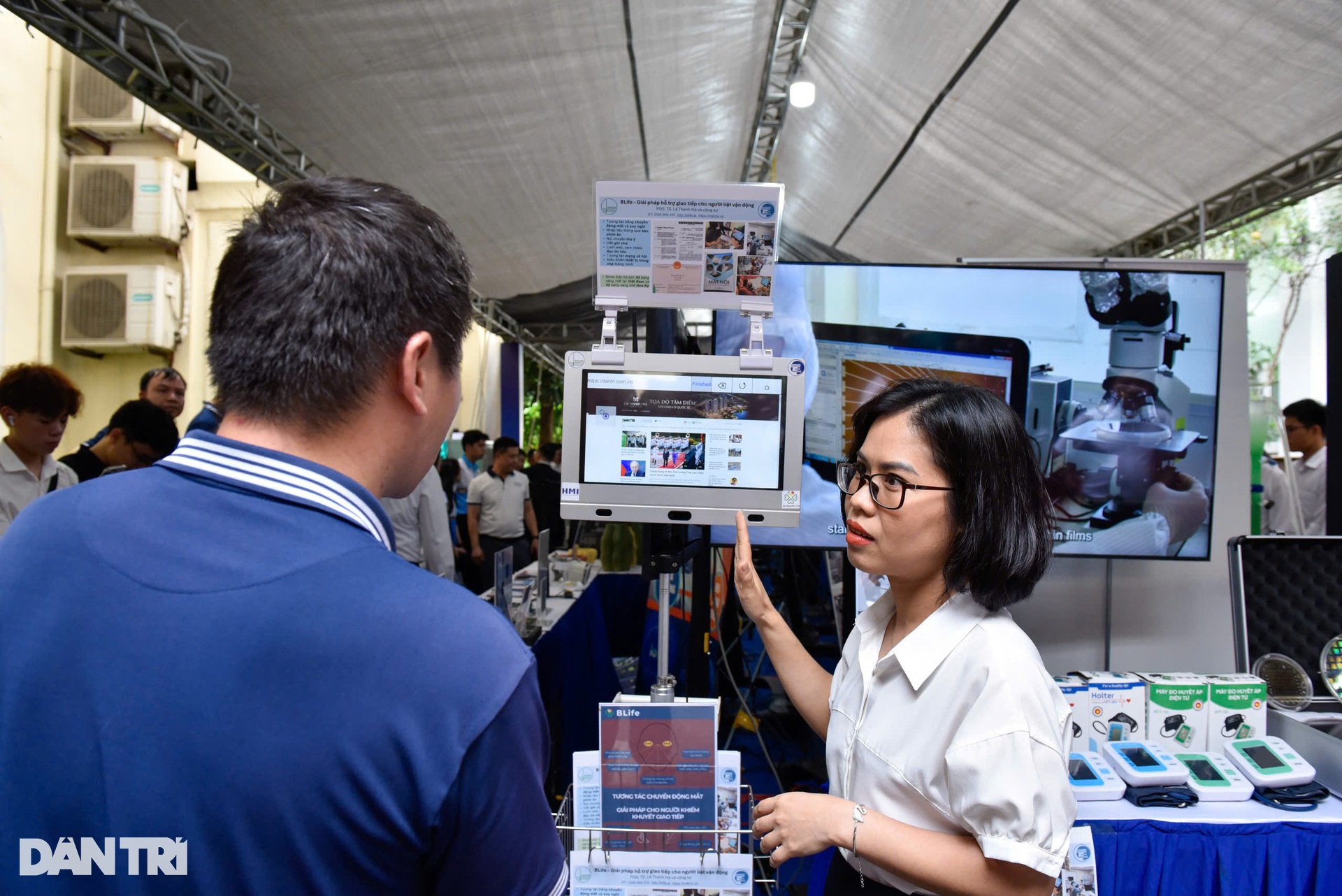
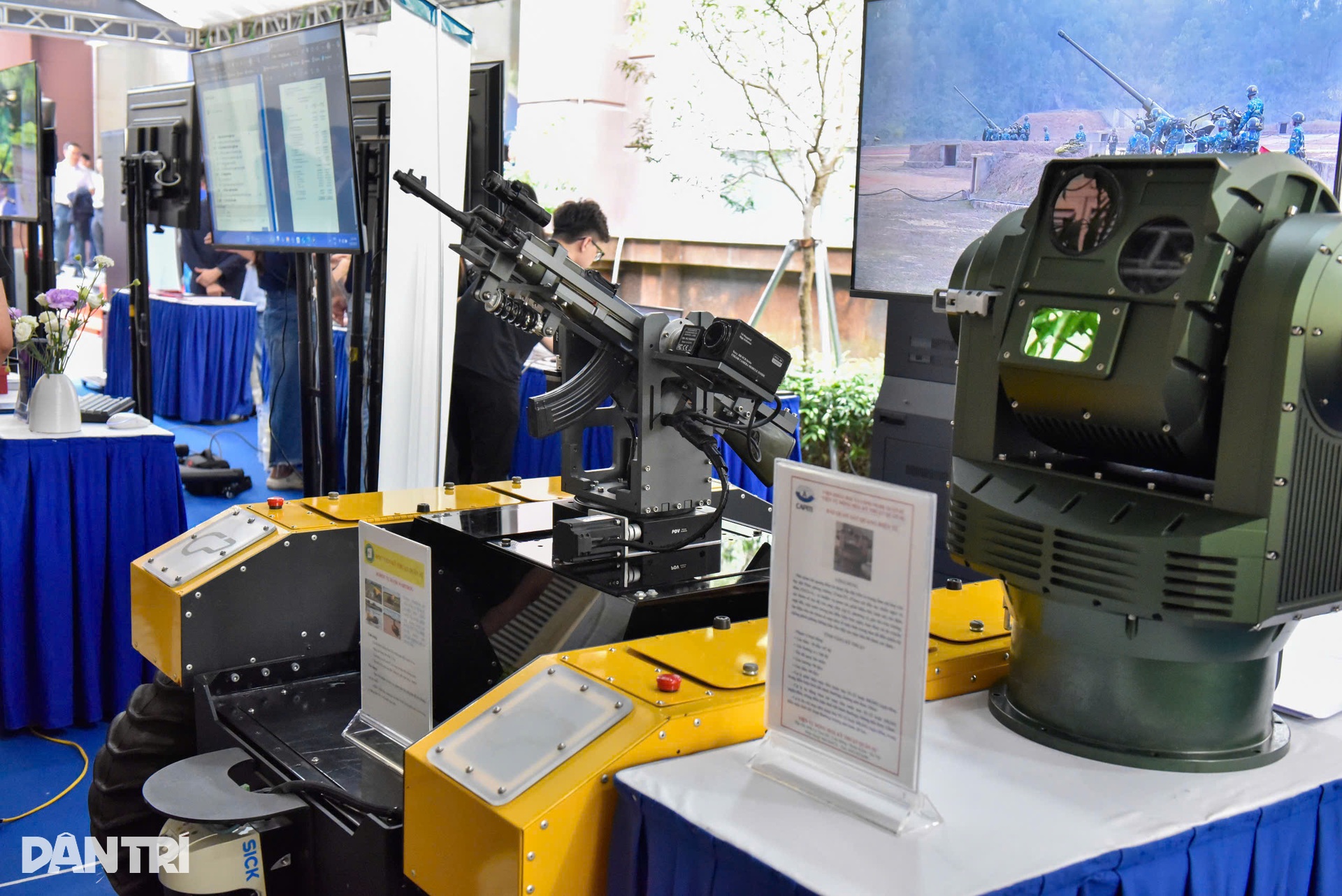
This observation is especially important in my field of science, earth science, when we witness climate change actually happening with temperature records being continuously broken," Associate Professor Nga emphasized.
Hoang Khac Hieu - an engineer born in 1996, currently Head of Development Department 2, Government Solution Center, Viettel Solution, the person behind a series of technology solutions exported to many developed countries, commented: Never before have opportunities for high-quality human resources in Vietnam been as open as they are now.
"With Resolution 57 as a driving force, Vietnam is creating an unprecedentedly favorable environment for science and technology to develop. I have faith that the next generation of scientists and engineers will make great strides.
Resolution 57 is not only a macro orientation, but is actually creating specific changes from the working environment, to remuneration policies and opportunities for young people to express themselves," Hieu emphasized.
In the future, Vietnamese people will use nuclear power and surf the satellite internet.
We are amending the Law on Science and Technology into the Law on Science, Technology and Innovation to institutionalize new orientations, guidelines and policies of the Party and State.
In the new law, for the first time, Vietnam establishes a clear direction for the transition from a country that mainly uses core technology to mastering strategic technologies that have a great impact on economic growth and national security.
The 9th extraordinary session of the 15th National Assembly (Photo: Pham Thang).
At the 9th extraordinary session of the 15th National Assembly, which took place from February 12 to the morning of February 19, delegates discussed and unanimously passed a series of important resolutions. Notable among them were the decision to pilot investment in a low-orbit satellite telecommunications network, restart the Ninh Thuan nuclear power project, and a special mechanism for scientific research.
These decisions not only reflect a long-term vision but also demonstrate Vietnam's determination in its journey to conquer technological heights and ensure national energy and information security.
Specific mechanism for nuclear power
The National Assembly passed a special policy on nuclear power (Illustration photo: Getty).
Vietnam is moving towards mastering nuclear energy technology for socio-economic development, gradually forming a nuclear industry. The State also promotes the development of the domestic market for nuclear technology, manufacturing equipment and radioactive substances to serve the development of nuclear energy applications.
The Resolution on a number of special mechanisms and policies for investment in the construction of the Ninh Thuan nuclear power project was passed by the National Assembly on the morning of February 19, with 96.03% of the total number of National Assembly deputies in favor.
This Resolution stipulates a number of special mechanisms and policies for investment in the construction of the Ninh Thuan Nuclear Power Project, including Ninh Thuan 1 Nuclear Power Plant, Ninh Thuan 2 Nuclear Power Plant and component projects, along with a number of special mechanisms and policies applicable to Ninh Thuan province to implement the project.
One of the biggest advantages of nuclear energy is its ability to generate electricity continuously and stably with a high power factor, independent of natural conditions such as wind or sun. More importantly, nuclear power technology emits almost no greenhouse gas emissions during operation - a particularly important factor in the context of Vietnam's commitment to carbon neutrality by mid-century.
Developing nuclear power not only helps diversify energy supplies, but is also a way for Vietnam to gradually reduce its dependence on fossil fuels, especially coal - which currently accounts for a large proportion but faces strong downward pressure due to environmental and international financial factors.
Development of low-altitude satellite telecommunications
The National Assembly has allowed a controlled pilot deployment of telecommunications services using low-orbit satellite technology (Photo: Getty).
According to the Resolution on piloting a number of special mechanisms and policies to create breakthroughs in science, technology, innovation and national digital transformation, the National Assembly has allowed the controlled pilot implementation of telecommunications services using low-orbit satellite technology (LEO).
This is a strategic step to help Vietnam improve its telecommunications connectivity capacity, narrow the digital gap between regions and create an infrastructure foundation for national digital transformation.
Accordingly, the pilot will last no more than 5 years and must end before January 1, 2031. The implementation process must ensure basic principles of security, defense, information security and national interests.
The Resolution emphasizes that there is no limit on the percentage of shares owned, capital contributions or contribution ratios of foreign investors in this field.
The low-band satellite telecommunications service pilot will allow businesses to provide services with a flexible frequency licensing mechanism, minimizing administrative procedures.
Deploying LEO satellite networks will bring many practical benefits, especially in improving connectivity in remote, border and island areas.
Vietnam aims to become a global semiconductor center
Vietnam's goal is not only to participate in the global value chain, but also to build an advanced semiconductor industrial ecosystem (Photo: Getty).
The National Assembly has passed a Resolution on piloting a number of special policies and mechanisms to create breakthroughs in the development of science, technology, innovation and digital transformation. The important point of this resolution is to allow financial support for the construction of the first factory to serve research, training and production of semiconductor chips.
Accordingly, Vietnamese enterprises investing in building the first factory selected to manufacture small-scale, high-tech chips, serving research, training, design, trial manufacturing, technology verification and production of specialized semiconductor chips in Vietnam according to the Prime Minister's request will be supported.
The Government has issued the Semiconductor Industry Development Strategy to 2030 and Vision to 2050, with the goal of making Vietnam a global semiconductor human resource center by 2030 and a global semiconductor and electronics industry center by 2040.
Vietnam's goal is not only to participate in the global value chain, but also to build an advanced and attractive semiconductor industrial ecosystem in the region and the world, helping Vietnam become self-reliant and develop sustainably in this field.
With a pioneering spirit, the Ministry of Science and Technology is committed to continuing to accompany the scientific community, businesses and people, creating a comprehensive innovation ecosystem - where every creative idea has the opportunity to become reality, every scientific product contributes to improving the quality of life, protecting the environment and enhancing national competitiveness.
The commitment to action of the Ministry of Science and Technology in the coming time is specified through the following strategic pillars:
- Perfecting the legal system, mechanisms and policies to promote research - innovation - application of technology.
- Unblocking capital sources, diversifying funding forms, simplifying research support processes.
- Repositioning the role of businesses - from beneficiaries to leading subjects in innovation and technology commercialization.
- Prioritize the development of key technologies such as AI, microchips, biology, new energy, and digital technology - as a foundation for breakthroughs.
- Promote the linkage between institutes - schools - enterprises - State to form a comprehensive innovation ecosystem.
Source: https://dantri.com.vn/khoa-hoc/tu-khoan-10-den-nguoi-viet-dung-dien-hat-nhan-luot-mang-ve-tinh-20250517232116258.htm


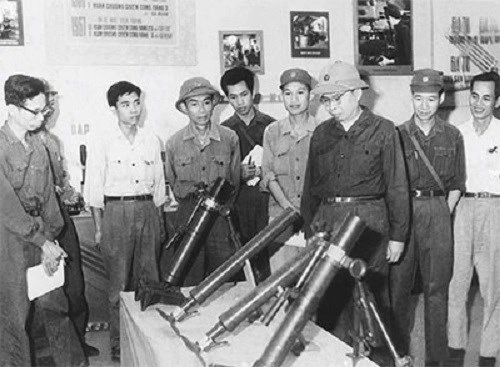
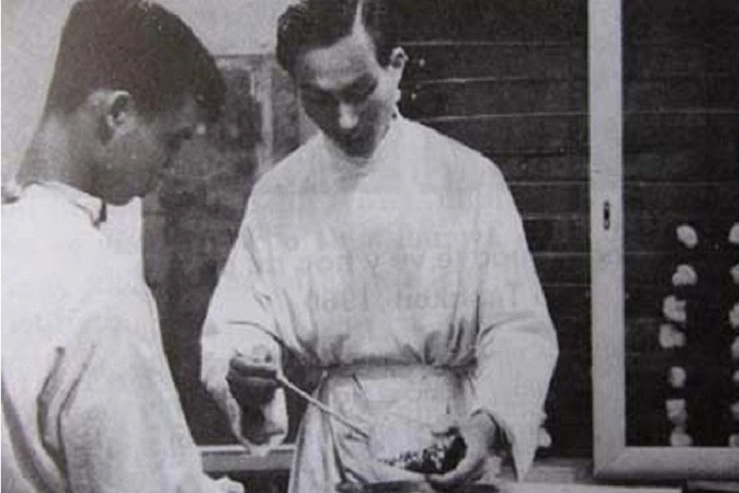
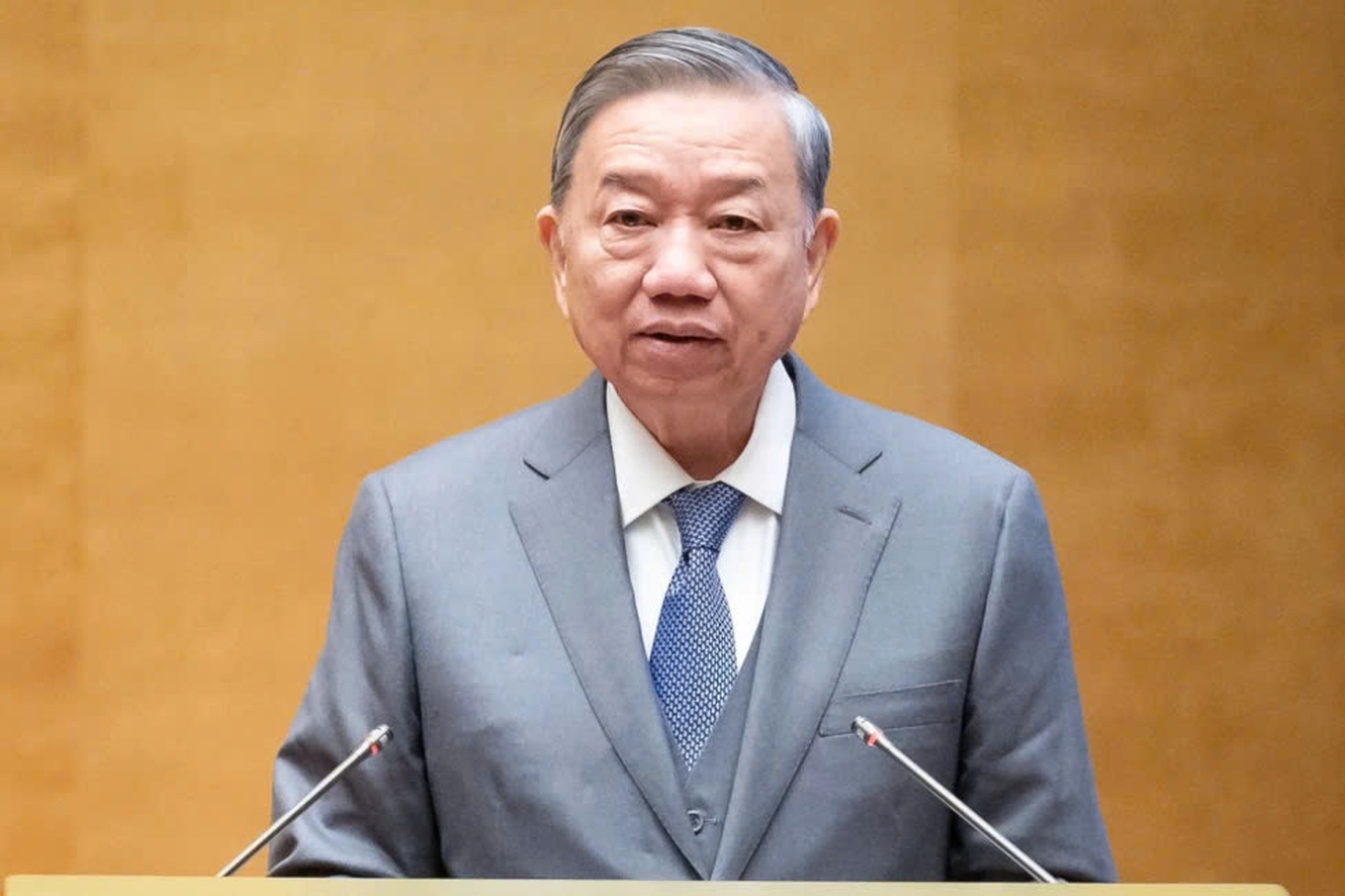
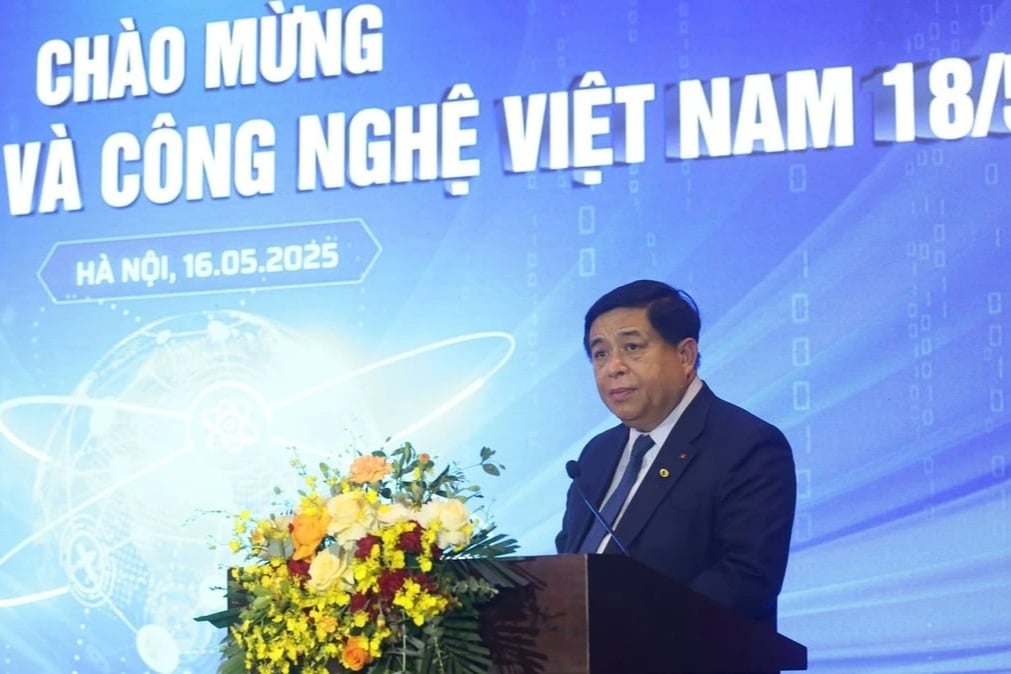
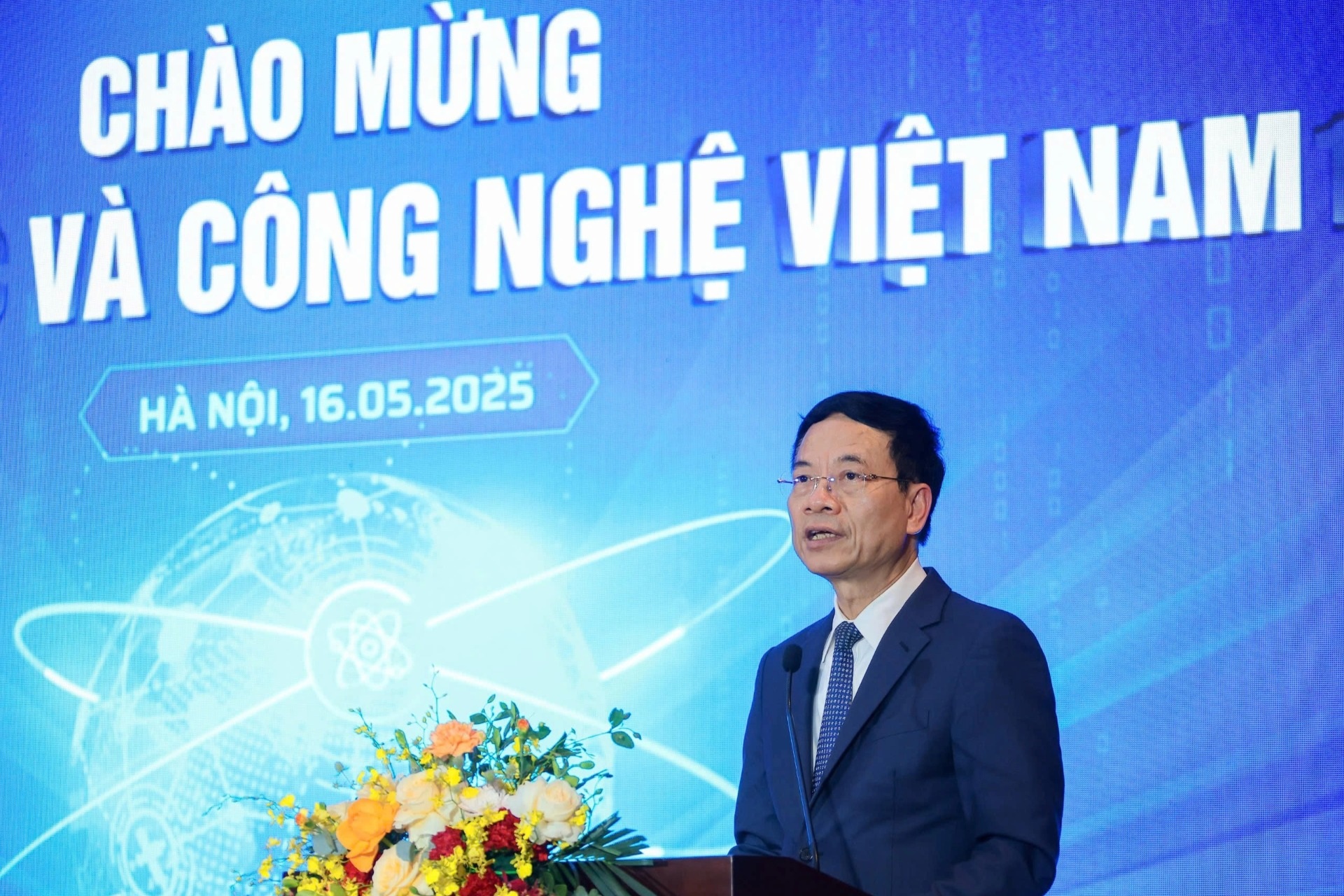
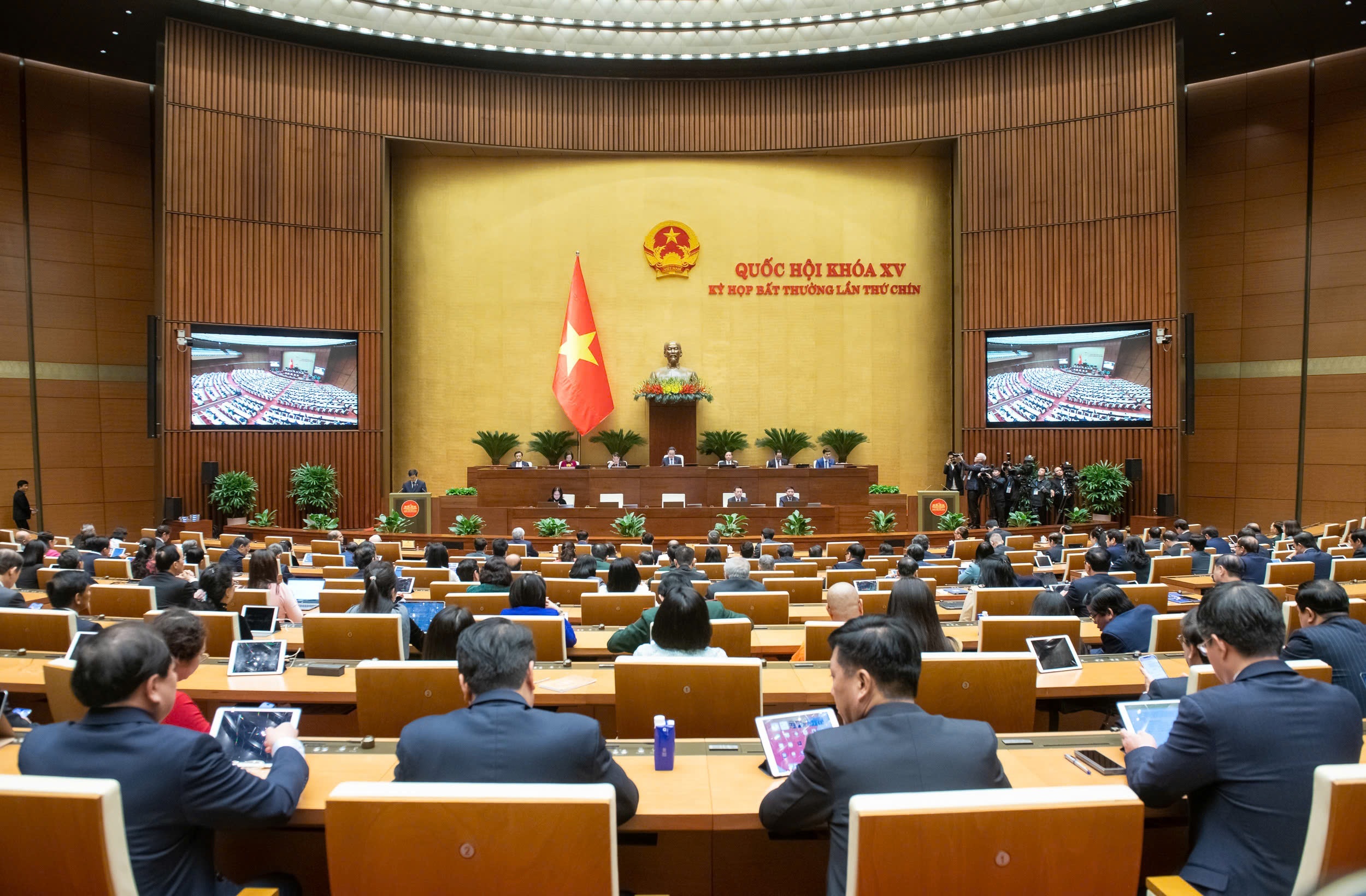
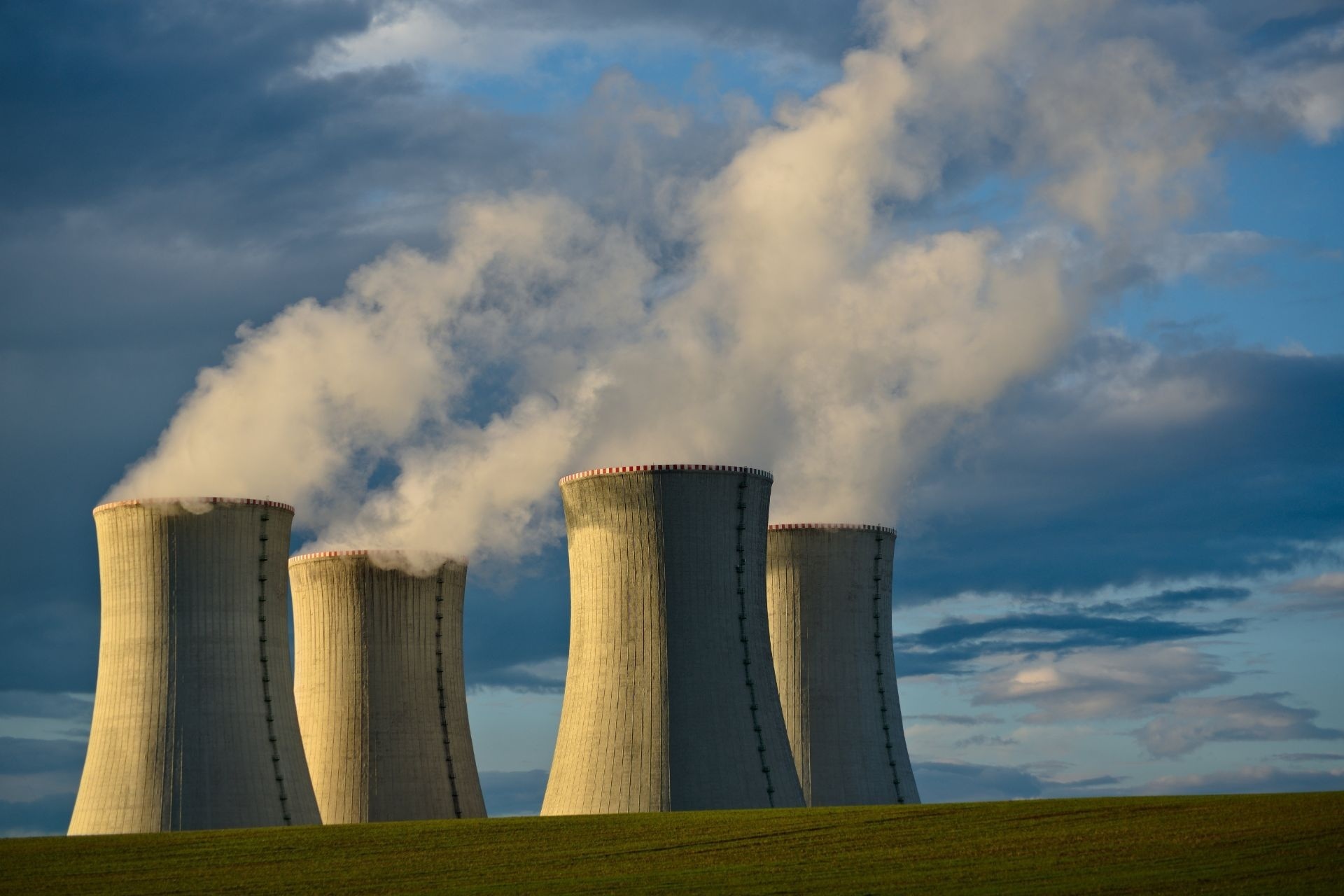
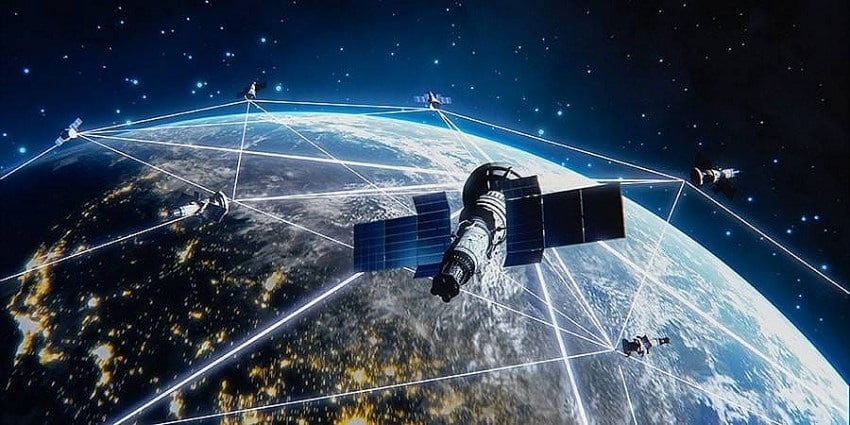
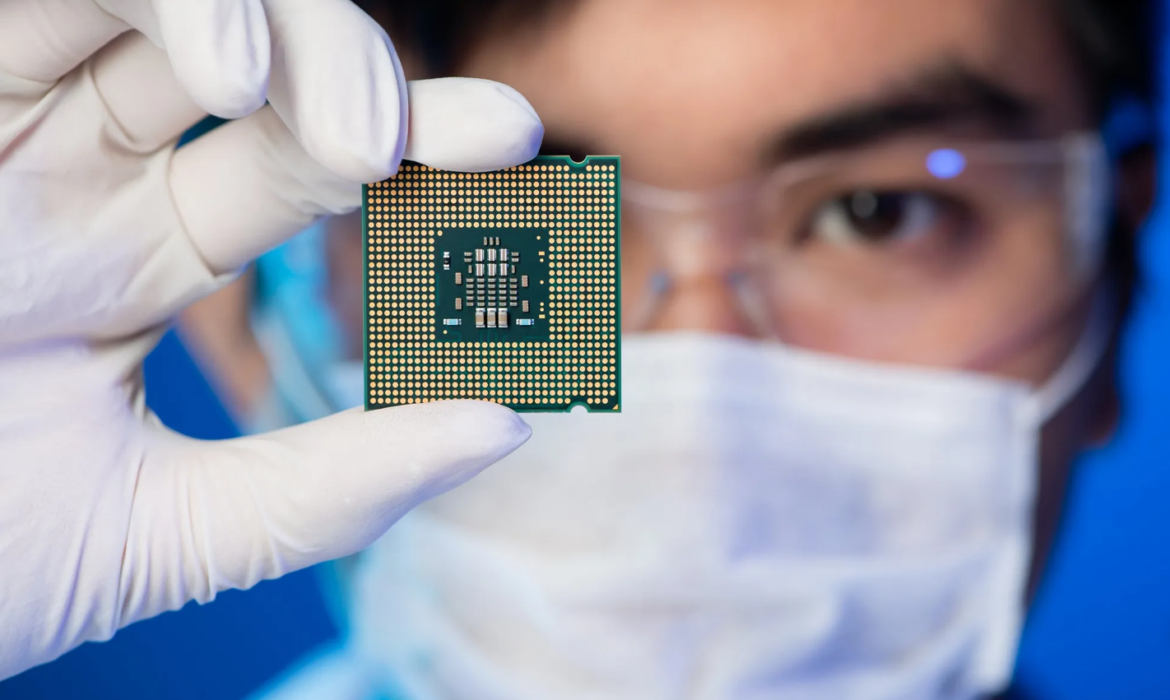
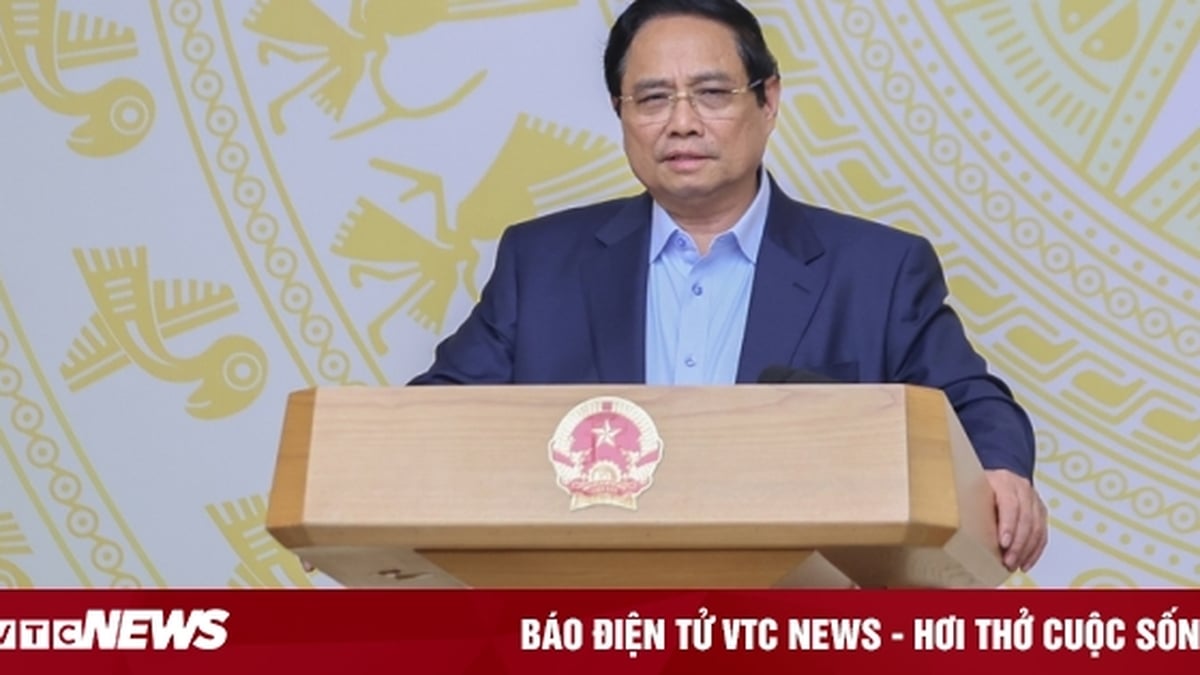
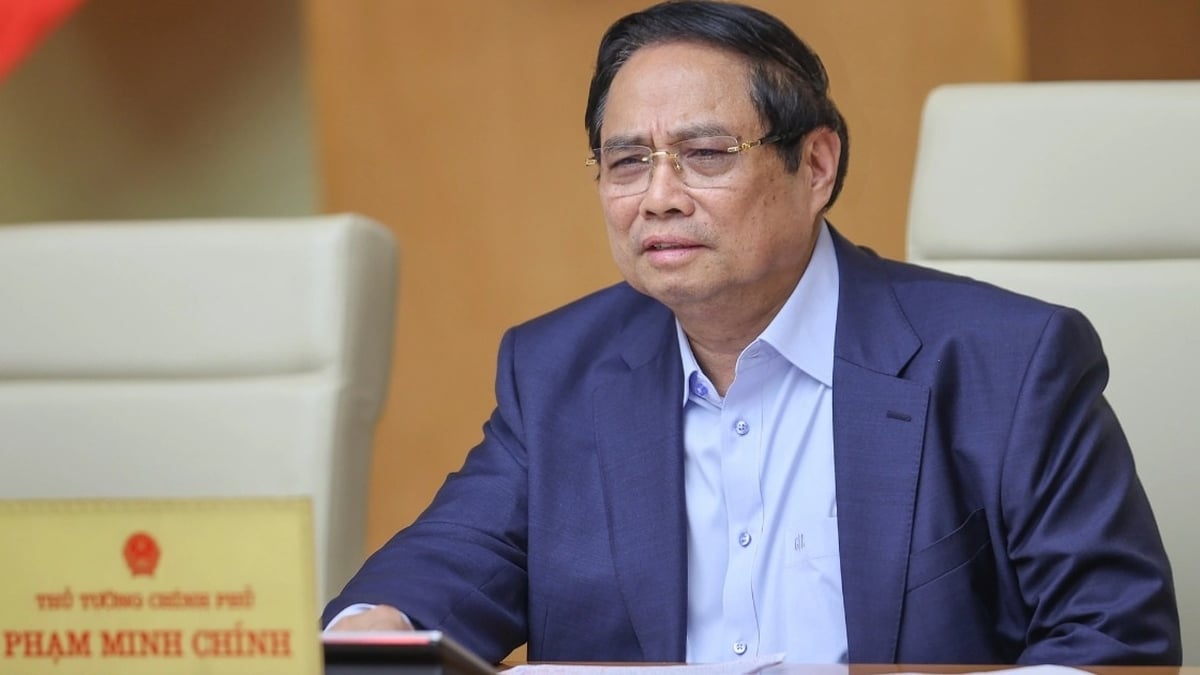
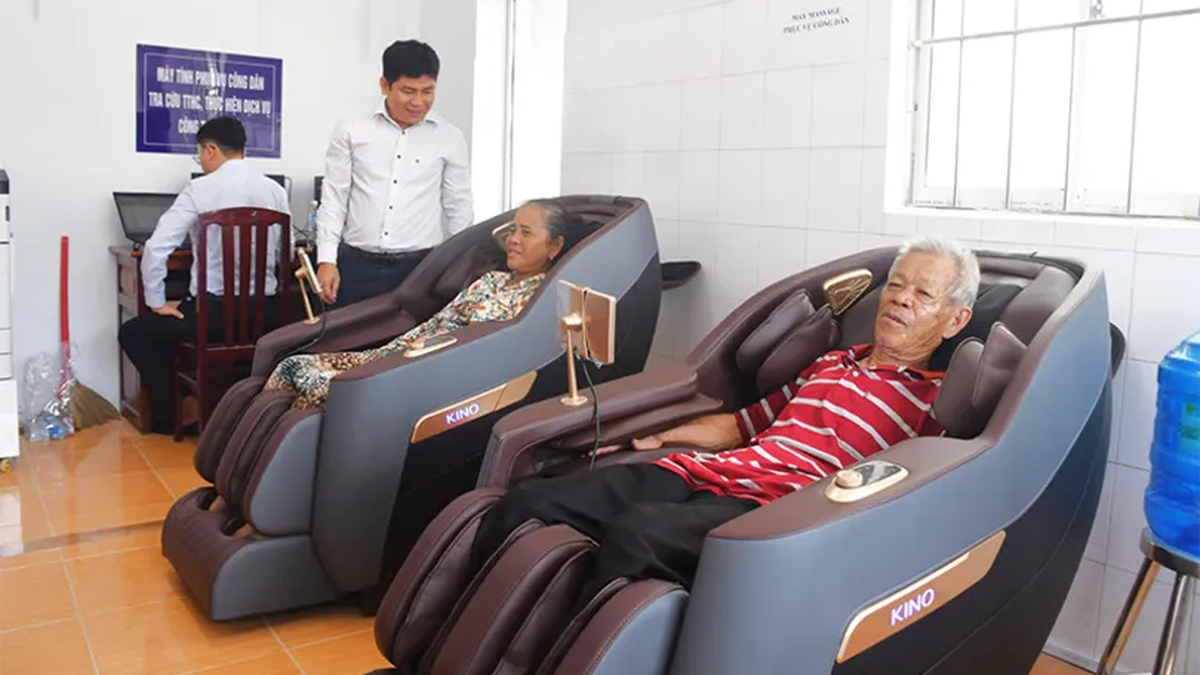

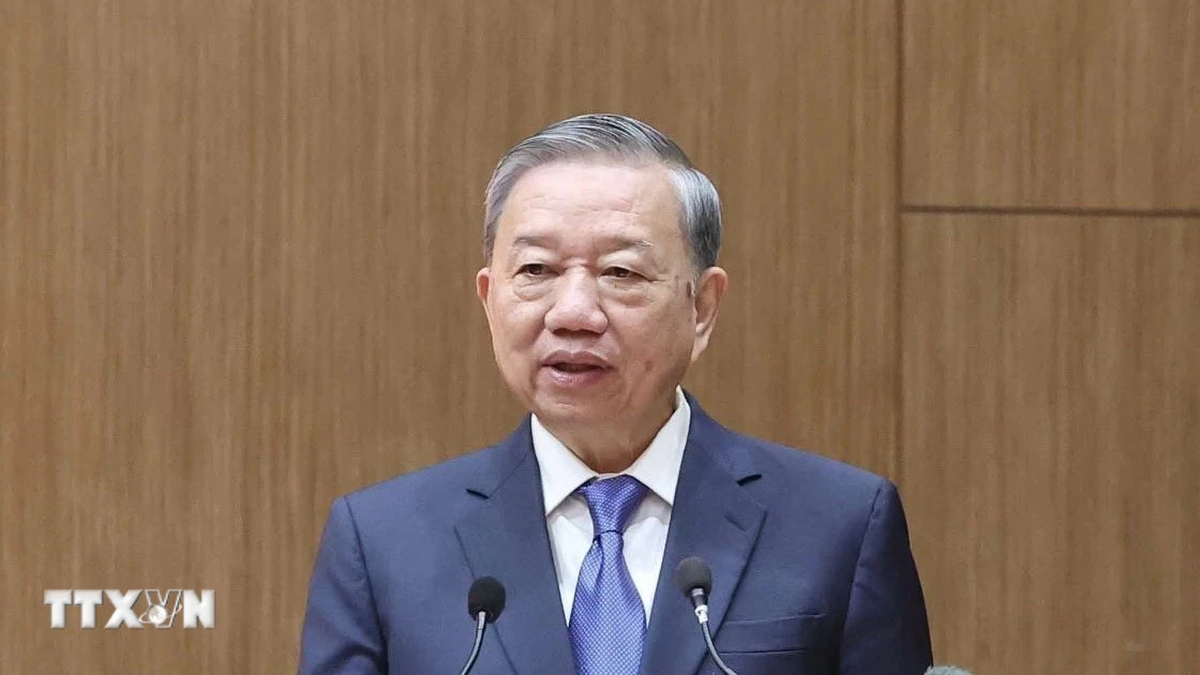
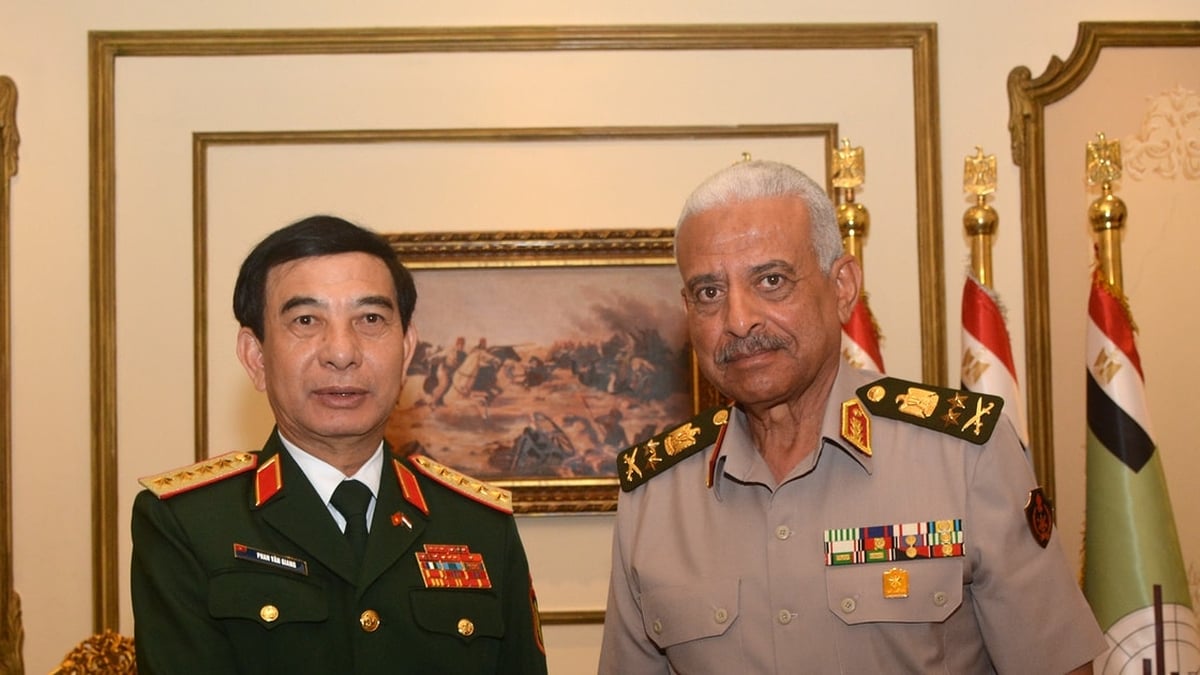
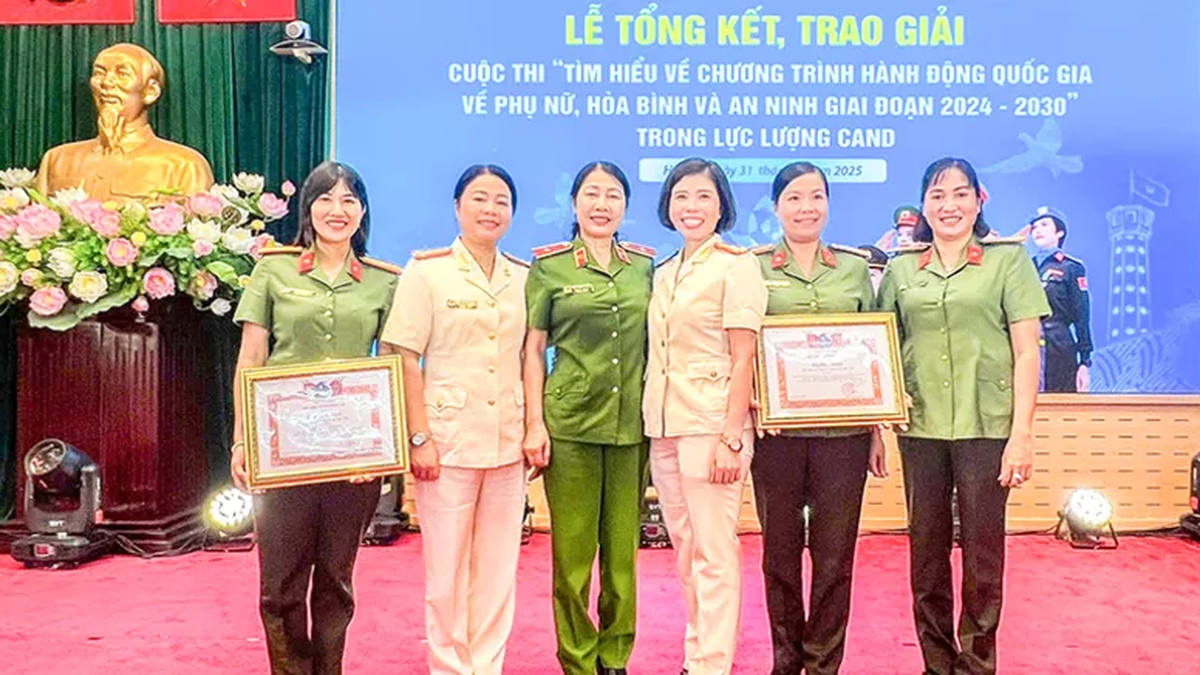













































![[Maritime News] Two Evergreen ships in a row: More than 50 containers fell into the sea](https://vphoto.vietnam.vn/thumb/402x226/vietnam/resource/IMAGE/2025/8/4/7c4aab5ced9d4b0e893092ffc2be8327)

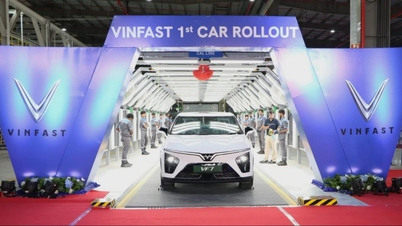


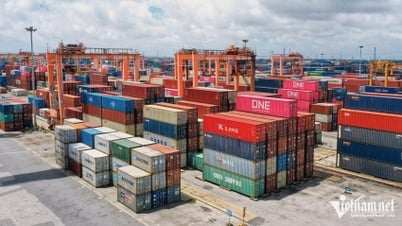

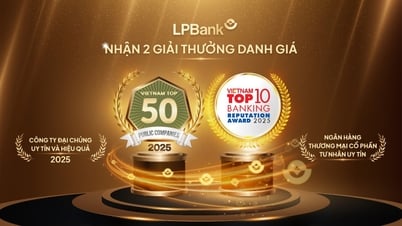

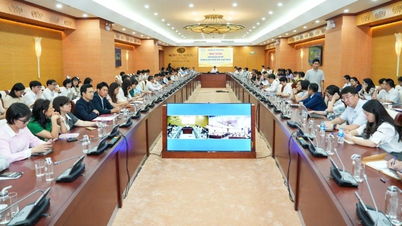

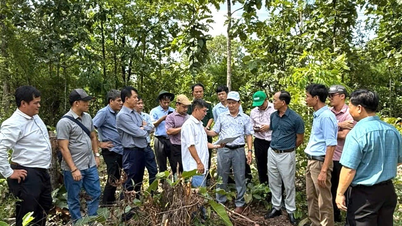


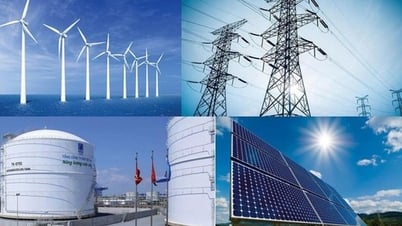



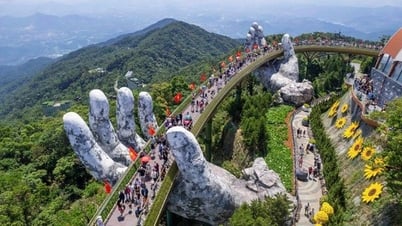


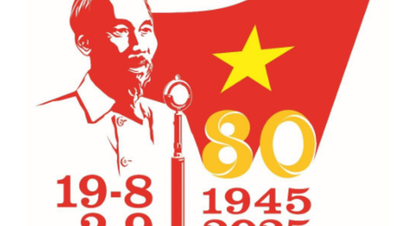
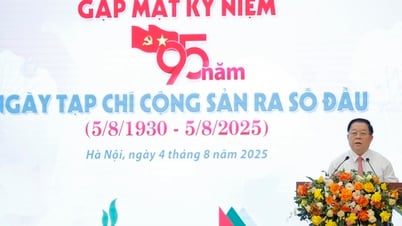





















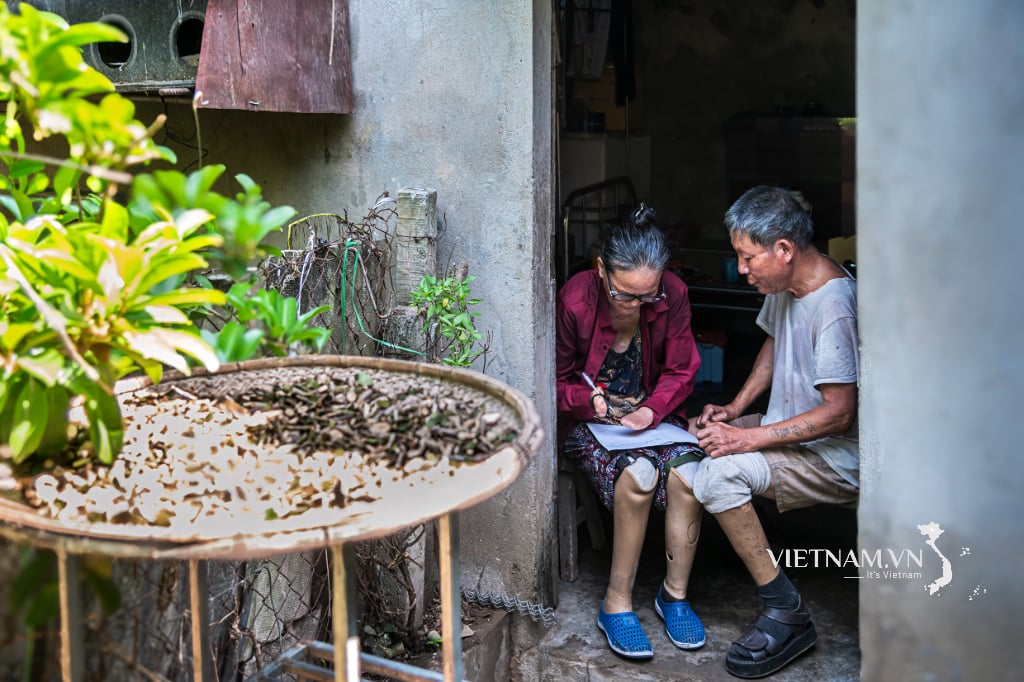
Comment (0)